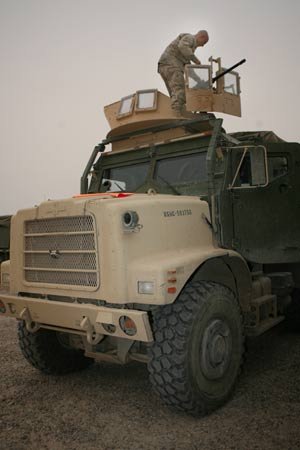
Mounted gunners seeing clearer thanks to new turrets
Submitted by: 1st Marine Division
Story Identification #: 200651054548
Story by Gunnery Sgt. Mark Oliva
CAMP FALLUJAH, Iraq (May 9, 2006) — Duty in the turret of Regimental Combat Team 5’s seven-ton trucks just got clearer with new ballistic-glass and steel encased firing positions.
The new turrets, called Marine Corps Armored Turret Systems, are being installed on seven-ton trucks, the first in an upgrade to give gunners greater visibility and beefed-up protection for convoy operations.
“The advantage of these turrets is the protection it provides the gunner,” said Master Sgt. Adam Lyttle, the 42-year-old Motor Transport chief for the regiment. “The most noticeable change is the ballistic glass. They also have higher turrets and they traverse a lot easier.”
Ballistic shields replaced steel plates in front of the gunner’s position and side ballistic glass allows Marines to scan from side to side without having to expose themselves to fire. It’s an important feature. Until now, Marines had to crouch down behind their guns.
“The gunner can stay higher on the guns now,” Lyttle explained. “Their field of view is a whole lot better. The gunner plays a major part on all convoys.”
Higher blast protection and windows that will deflect gunfire and shrapnel now allows gunners to perform duties with a greater degree of confidence. Marines aren’t just gripping .50-caliber machine guns behind the ballistic shields. They’re on the lookout for improvised explosive devices – or roadside bombs.
“I feel a lot safer,” said Cpl. Jose M. Ramirez, a 22-year-old from Lemoore, Calif., assigned to RCT-5’s motor transport platoon. “Before I was afraid of standing up. Now, there’s no fear to get up and peek at something suspicious.”
Ramirez is one of the few gunners in the regiment’s motor transport platoon who has already conducted several missions riding in the new turret. He said it has a lot more room, space to keep his rifle and other tools handy and best of all, better protection.
“It’s a blessing from the gods to get these here,” Ramirez said. “They’re a lot better. This is a big improvement. Everybody likes these.”
Lyttle said the turrets are being added as fast as they arrive in theater, with help from 1st Marine Logistics Group’s, Combat Logistics Battalion-5. It’s not just the regimental headquarters getting the new turrets. Each battalion is getting outfitted as well.
“The hope is before the month is out, we’ll have new turrets on every truck,” Lyttle said.
Lance Cpl. Trevor A Chapman, a 20-year-old from Norwich, Conn., has also ridden a couple of missions in the new turret and said Marines have a lot in which to look forward.
“I figured it would be good with having the windows on each side,” said Chapman, assigned to RCT-5 Motor Transport Platoon. “I felt a lot safer. The armor goes all the way around.”
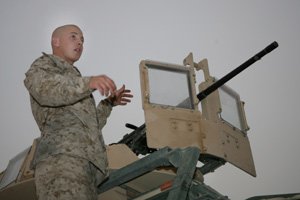
Chapman makes sure his M-2 .50-caliber machine gun is mounted correctly in the new Marine Corps Armored Turret System. The new turret offers gunners greater protection and visibility with ballistic glass shielding.
Chapman explained the old turrets had gaps that left him feeling exposed to hazards. Now, he’s completely encased in a turret system that allows him to see more and move quicker.
“It’s a lot easier to use,” Chapman explained. “You don’t have to swivel as far because of the windows. That makes the gunner’s job easier because he can react faster.”
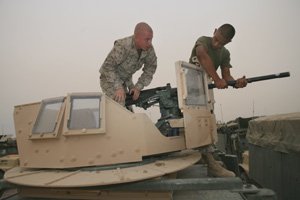
Lance Cpl. Trevor A. Chapman, a 20-year-old from Norwich, Conn, and Lance Cpl. Antonio Mendoza, a 20-year-old from Los Angeles, mount a M-2 .50-caliber machine gun in the new Marine Corps Armored Turret System that Regimental Combat Team 5 is installing on their seven-ton trucks. The new armor increases protection and allows for greater visibility with ballistic glass.
Photo by: Gunnery Sgt. Mark Oliva
Lyttle witnessed the change the Marine Corps has made over the past several years with armoring. Initially, gunners were exposed with nothing protecting them but helmets and flak vests. Then barrel-style turrets were installed and now, the angular turret with ballistic glass has taken force protection to a new level.
“The Marines are pretty pleased,” he said. “They were excited about getting them. The Marines are eager to ride in anything, but you see these big improvements … it built their confidence up, big time.”


.


 Wild Thing’s comment…….
Wild Thing’s comment…….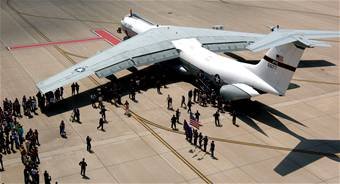
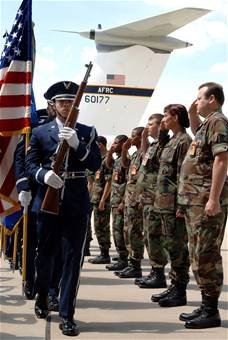
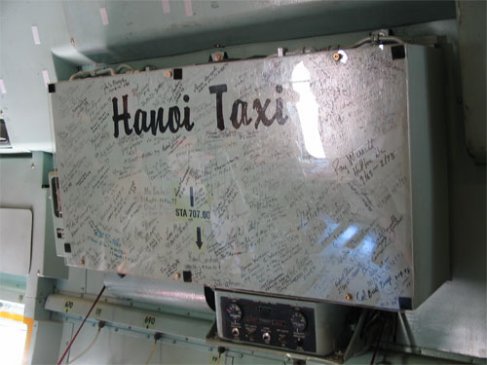
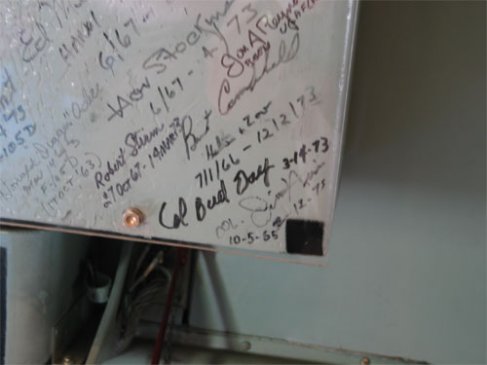

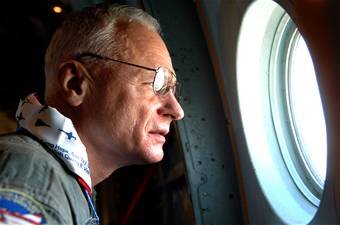


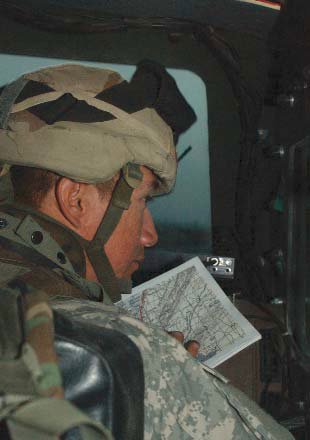
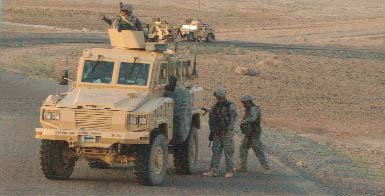
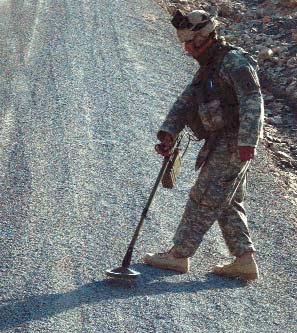
 Wild Thing’s comment…….
Wild Thing’s comment…….
 Wild Thing’s comment…….
Wild Thing’s comment…….
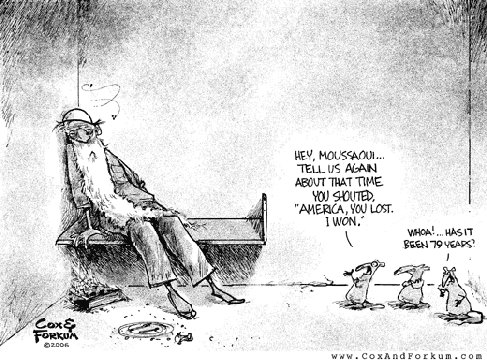
 Wild Thing’s comment……
Wild Thing’s comment……
Recent Comments